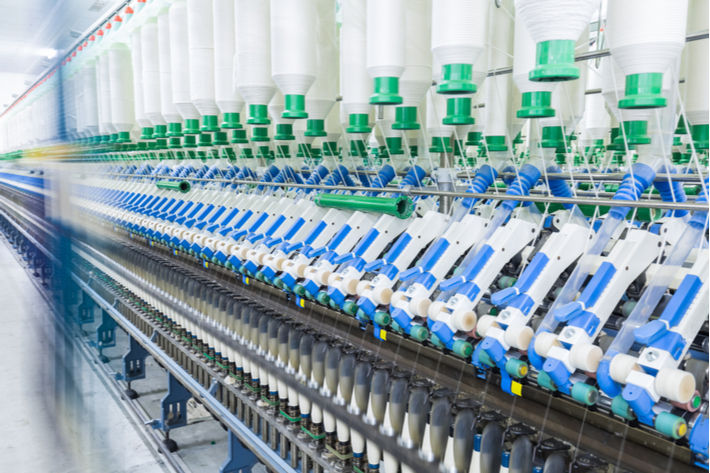
In addition, they were asked about their main concerns and whether and to what extent they can pass on recent costs increases.
On average across all regions and all segments, the business situation in March 2022 remains in positive territory with +14 percentage points (pp). Nevertheless, this is well below the +26pp in November 2021 and the +18pp in January 2022. That a relative high number of companies (43 per cent) judge their situation as satisfactory shows that demand remains strong despite the many challenges companies are facing on the supply side like delayed deliveries and higher production costs.
When it comes to the business expectations in six months’ time, the global textile value chain remains optimistic but stands on a much weaker foundation. Since September 2021 the balance between more favourable and less favourable business expectations has fallen from +32pp to +7pp. This is a clear indication that the textile value chain has passed the tip of a strong business cycle in the 4th quarter of 2021. Whether a broader albeit slower economic growth will be witnessed in the future will depend very much on whether disrupted global supply chains will be rebalanced and how the Russian war in Ukraine will develop in the coming months, according to the survey.
A look at the different regions reveals that the business situation is in positive territory in all regions except for East Asia and Africa where the balance between good and bad business situation is negative. The expectations on the other hand vary strongly. In North, South America and Africa companies anticipate a more favourable business, while in all other regions the balance between more and less favourable is negative.
As for the different segments the downstream segments – weavers/knitters, finishers/printers, and garment and home textile producers – are generally struggling more than the upstream segments – fibre producers, spinners and textile machinery producers. This is especially true when it comes to passing on higher costs.
The order intake has fallen from a high level of +38pp in November 2021 to +12pp in March 2022. This reflects the weaker business situation. Likewise, also order intake expectations deteriorated in March 2022 from +34pp in January to +22pp in March 2022.
Since July 2021 order backlog rose from 2.3 to 3.1 months. The expectations for order backlog remain unchanged at 2.9 months. The capacity utilisation rate stays at around 80 per cent. The expectations are unchanged given the persistent supply chain bottlenecks.
Higher costs for raw materials, energy, and transportation are the main concerns for companies. Weaker demand is another worry though not (yet) a dominant one. On average across the supply chain companies can only pass on 40 per cent of the additional costs.
Fibre2Fashion News Desk (KD)